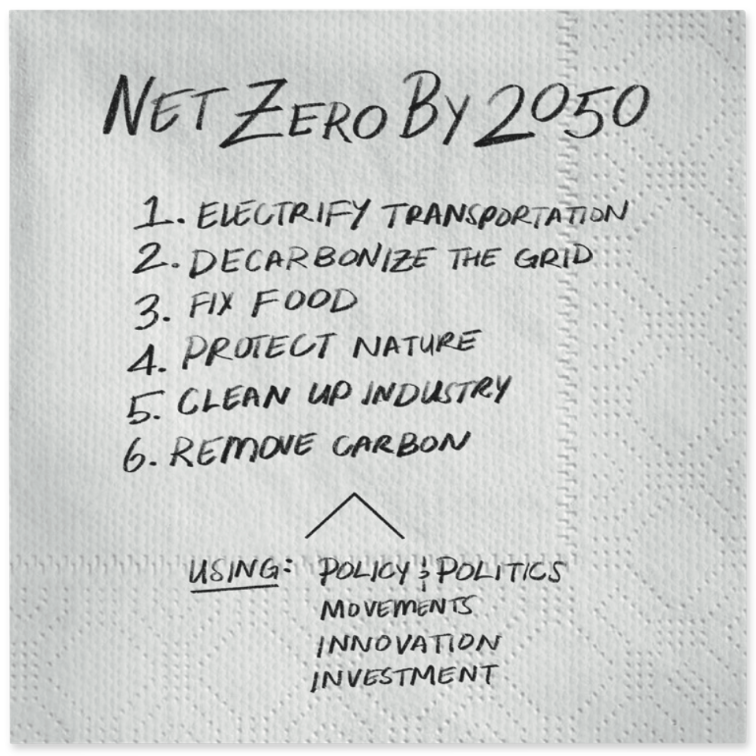“A clear, detailed, and comprehensive plan for climate action exactly when we need it most.”
“The single best guide [to think about climate policy].”
“A practical guide for both public and private sector participation in decarbonizing the global economy.”
Ten objectives, one goal.
Get smart, take action.
News
Resources

2024 Action Guide

What Should Companies Do on Climate?
What Is a Gigaton?
About
Speed & Scale is a global initiative to move leaders to act on climate. Our work focuses on education, advocacy, and solution-scaling.
Learn More








